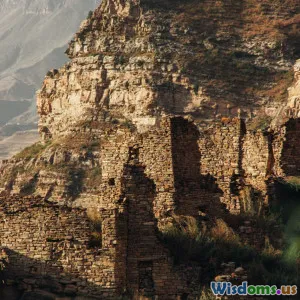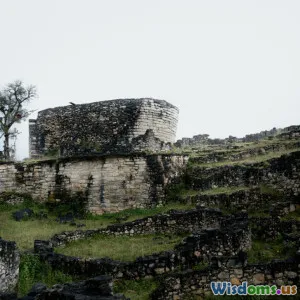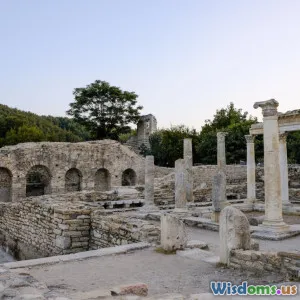
A Personal Journey Inside Rome’s Underground Catacombs
14 min read Explore Rome’s ancient catacombs through a personal narrative, uncovering hidden history, sacred art, and timeless mysteries beneath the Eternal City. (0 Reviews)
A Personal Journey Inside Rome’s Underground Catacombs
On a sunlit Roman afternoon, the city bustled above—motorbikes weaving through baroque streets, tourists sampling gelato—but somewhere beneath my feet, a silent, labyrinthine world beckoned. Driven by curiosity more than courage, I set out to experience the mystery of Rome’s underground catacombs firsthand. What awaited me was an odyssey into history, spirituality, and the poignant reminders of the people who shaped the Eternal City.
Descending into the Depths
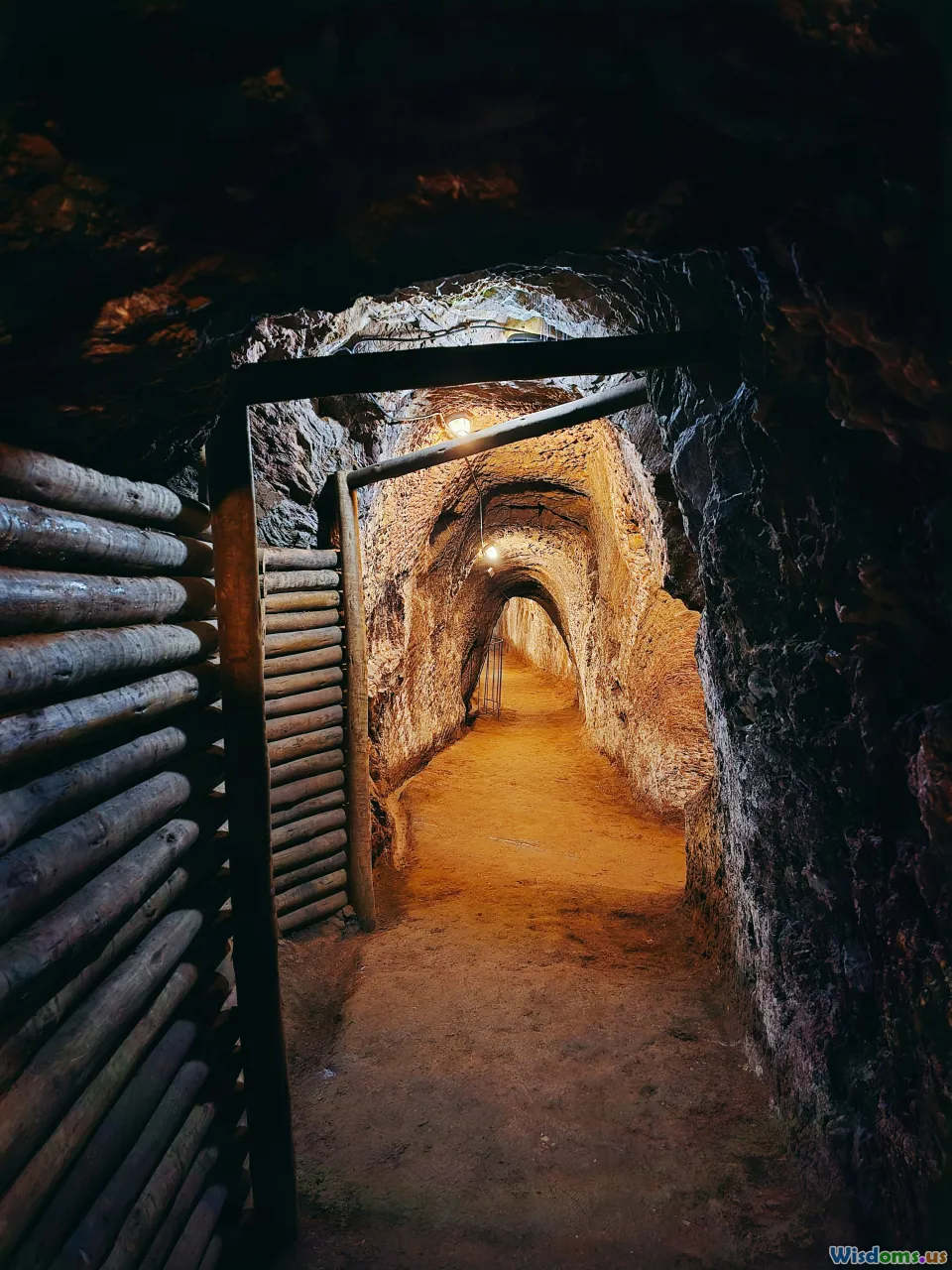
Soon after passing the sprawling ruins of the Appian Way, I found myself standing before a nondescript entrance, partially hidden by cypress shadows. Few would guess that this humble doorway opened upon kilometers of ancient burial tunnels—the famous Catacombs of San Callisto. As I followed my guide down steep, mossy steps, Roman sunlight faded into darkness. It was a thrilling, almost disorienting moment: aboveground Rome gave way to an eerie, subterranean realm.
Catacombs in Rome—the word itself from the Greek kata kymbas, "near the hollows"—aren’t just crypts. These sprawling networks, dug primarily during the first four centuries AD, served as labyrinths of faith, refuge, and memory. By the third century, there were over sixty catacombs around Rome, extending more than 600 kilometers in total. Most were created by early Christians, at a time when they faced periods of persecution and were barred from public burial grounds. The San Callisto complex alone holds the remains of half a million individuals, including martyrs, popes, and humble citizens.
Layers of Faith and Survival

Torchlight revealed rough-hewn walls peppered with hundreds of rectangular alcoves. These loculi were the resting places of men, women, and children, stacked in neat succession. Occasionally, elaborate tombs—small chambers called cubicula—hinted at ancient family wealth. But what struck me most were the delicate paintings, carved fish and anchors, and the fresh wreath of flowers laid by modern pilgrims.
The catacombs became a coded language in stone. Symbols such as the peacock (immortality), dove (peace), and Chi-Rho (Christ) covered the walls. For instance, the catacomb of Priscilla boasts the oldest known Marian image—a 2nd-century fresco depicting the Virgin and Child. During my tour, our guide pointed out Panel 102: a simple drawing of a shepherd with a lamb across his shoulders, one of Christianity’s earliest surviving representations of Jesus.
The concentration of sacred art is proof of how these spaces transcended their funerary purpose. Even as they allowed Christians to bury their dead in accordance with their beliefs—resurrection, communal identity—they became places of worship, secret meetings, and, during brief spells of persecution, sanctuary. However, modern historians agree that the popular notion of Christians hiding from persecutors for long periods underground is somewhat legendary; the cramped, airless tunnels weren’t ideal for concealment beyond urgent moments.
Preservation Through Time

Wandering deeper, it’s impossible to ignore the delicate dance of preservation and decay. While the early catacomb builders relied on the soft, volcanic tufa stone to swiftly dig tunnels—Rome’s soil is uniquely porous and workable—it is also prone to collapse and erosion. For centuries after the Roman Empire’s fall, many catacombs were looted or forgotten entirely, only to be rediscovered during the archaeological fevers of the 16th to 19th centuries.
One revealing anecdote is that of Antonio Bosio. In the early 1600s, the so-called “Columbus of the Catacombs,” Bosio spent decades crawling through dust-choked passages, mapping Rome’s lost underground world. His pioneering writing, Roma Sotterranea, attracted attention (and some vandalism), but also led to the catacombs’ gradual protection.
Today, the Congregation for the Causes of Saints, in partnership with Italian cultural agencies, manages access and conservation. Many relics—bones, inscriptions, mosaics—have been moved to museums like the Vatican and Lateran to shield them from humidity and theft. Nonetheless, limited restoration has also left portions of the network raw and authentic, preserving solitude and silence that feels almost sacred.
A Glimpse of Everyday Ancient Life

Despite their reputation as sacred spaces, the catacombs also serve as an unsung archive of ancient Roman daily life. Inscriptions in both Latin and Greek don’t just list names; they record occupations, ages, and sometimes touching farewells. For example, in the Catacomb of Domitilla, you can find a beautifully painted bakery complete with round loaves, and a ship possibly alluding to the deceased's maritime career.
Not all burials belonged to the Christian community. Some segments reveal the mingling of pagan and Jewish traditions, with symbols such as menorahs mingling with shepherds or doves. The Catacombs of Vigna Randanini, one of Rome’s Jewish catacomb networks (dating to the 2nd–4th century AD), provide fascinating evidence of the city’s multicultural makeup—a reminder that Rome’s underground is as cosmopolitan as the city streets above.
Navigating the Underground Maze

As my group moved carefully through noisy gravel underfoot, the question arose: how did ancient worshipers and mourners avoid getting hopelessly lost? The answer lies in both practical design and skillful recall. The main arteries of the largest catacombs are labeled and mapped; guides—ancient and modern—used ochre paint to mark directions. Many early Christian funeral inscriptions include not just the deceased’s information, but also clues to help loved ones relocate tombs in the future.
Present-day visitors benefit from centuries of experience. Guided tours, sometimes led by local priests or archaeologists, chart the safest, most revealing pathways. Still, some tunnels remain closed—either for safety, conservation, or because they haven’t been mapped in modern times. For the intrepid, “cataphile” subcultures exist, but most stick to the illuminated routes.
Tips for Explorers:
- Bring comfortable shoes with grip—tunnels can be slick and uneven.
- Respect memorials and avoid touching frescoes; centuries-old pigments are delicately fragile.
- Photography is often prohibited to preserve artwork; check rules and absorb the atmosphere instead.
- Guided tours (usually available in English and Italian) provide crucial context and protect against disorientation.
Modern Reflections Amid Ancient Shadows

One powerful moment came as our group paused in a larger chamber, our voices hushed as the guide extinguished her flashlight for a single minute. Immersed in darkness, the profound silence narrowed my senses. It conjured visions of ancient gatherings—quiet prayers, the clandestine sharing of bread and wine, whispered hope among flickering flames. Not far away lay the tomb of St. Cecilia, patroness of music, whose story still resonates in Italy’s art and operatic traditions today.
Standing amid these memories was more than an excursion; it was a meditation on mortality, resilience, and humanity’s longing to be remembered and understood. What unites these underground galleries isn’t just grief, but a celebration of persistence and faith passed from one generation to another.
A Broader European Context: Catacombs Beyond Rome
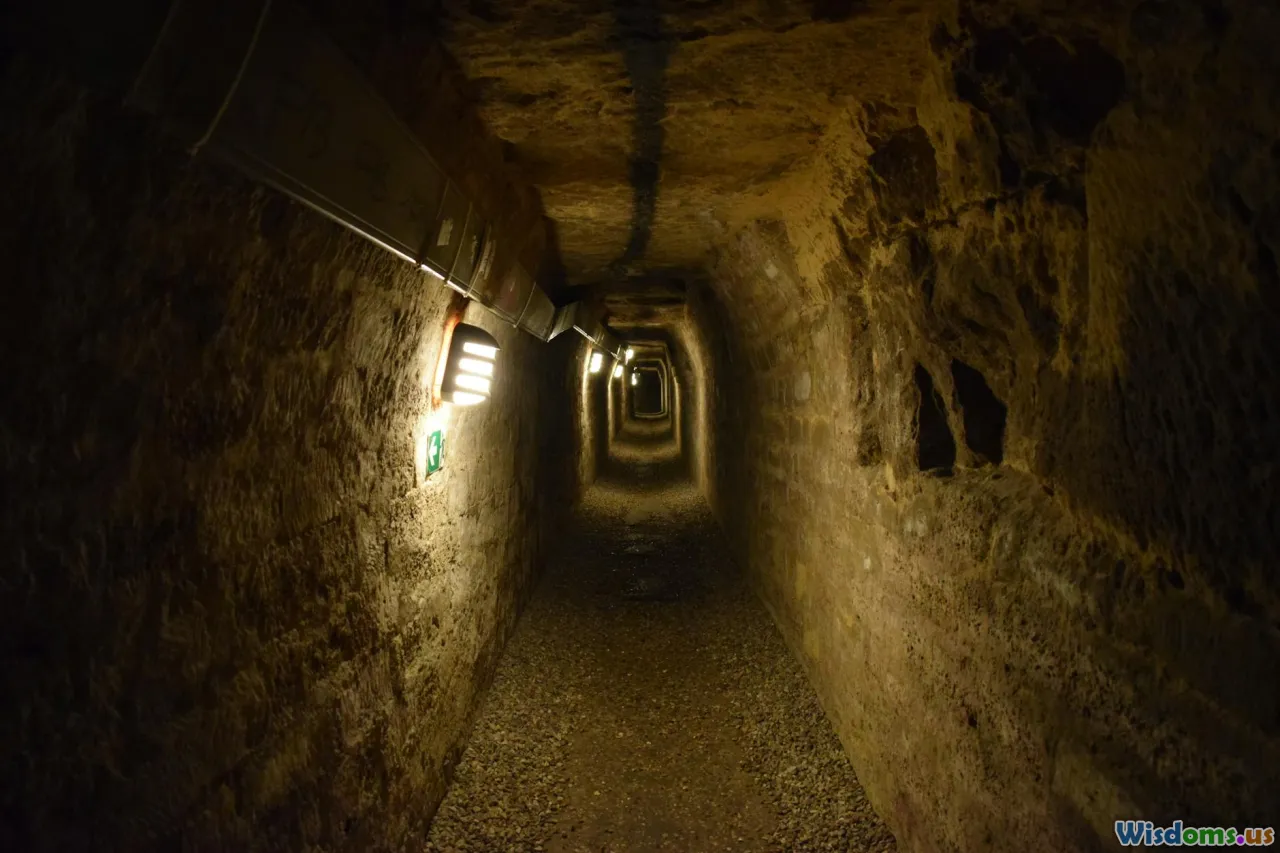
While Rome’s catacombs are among the earliest and most influential, the notion of underground burial places stretches across Europe and the Mediterranean:
- Paris: Its catacombs, repurposed in the 18th and 19th centuries from former limestone quarries, famously hold the bones of over six million Parisians. Unlike the Roman originals, these bear a distinctly macabre artfulness—skulls and femurs arranged in chilling mosaics.
- Malta: The Saint Paul’s Catacombs blend Phoenician, Roman, and early Christian burial traditions, punctuated by stone-carved banquet tables likely used for memorial meals.
- Naples and Syracuse: Italian cities dotted with Greek- and Roman-era hypogea, each with unique ceremonial uses and iconography.
Rome, however, distinguishes itself not just in scale, but in the intertwining of its catacombs with theology and community memory. These burial grounds inspired medieval pilgrimage traditions, influenced church architecture (the basilica, for instance, comes from the Roman law court but adapted catacomb elements like the semi-circular apse), and contributed to the veneration of saints throughout Christendom.
Urban Legends and Pop Culture Enchantment

The catacombs' allure isn’t limited to archaeologists or pilgrims—it’s a font of urban legends, adventure tales, and horror movies. Over the centuries, stories ranging from hidden treasure and ghostly apparitions to secret Vatican passages have flourished in the Roman imagination. Gothic novels and Hollywood alike have drawn inspiration from these shadowy corridors: the 2014 found-footage thriller As Above, So Below taps into catacomb mythology, as do countless Italian giallo films.
These stories, though exaggerated, indirectly serve to keep the catacombs in public consciousness—reminding us of Rome’s unseen layers and the tantalizing gaps in our knowledge. However, they should not obscure the real, often moving history inscribed in the catacomb walls.
The Catacombs’ Legacy and the Pulse of Modern Rome

Walking back up into daylight, the city’s timeless noise quickly returns. Yet I leave the catacombs with a profound sense of perspective—Rome isn’t just a city of monumental ruins, piazzas, and art-filled basilicas, but a living palimpsest. Its underground burial tunnels are not merely relics but testaments to values stubbornly carried through the ages: faith under duress, kinship beyond death, and transcultural exchange.
For any traveler or local, venturing into Rome’s catacombs is more than historical sightseeing—it's an invitation to encounter common threads that link the ancient and the present. Underneath Rome’s vibrant surface, these dark corridors continue to pulse with stories waiting to be illuminated, just as humbling and awe-inspiring on your first descent as they were over 1,700 years ago.
Rate the Post
User Reviews
Popular Posts










